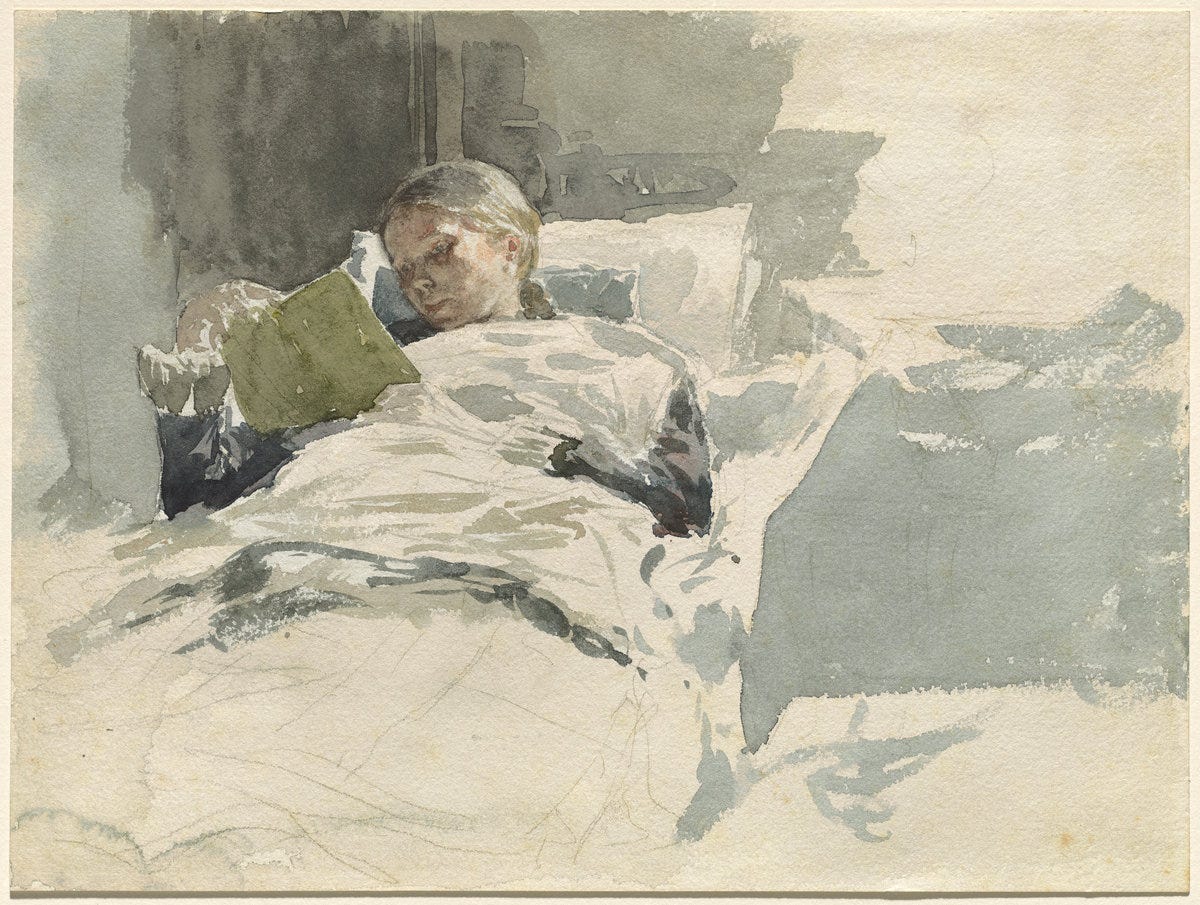Something New: Introducing Written Out
A newsletter about the women writers you wish you'd already known about

Our memories are short.
There’s a brand that can be pressed into the flesh of a certain novel. The novel itself can be about anything, but its writer must be young, must be fairly pretty, usually must be white, and must be a woman. Perhaps her birth year will be written on the back flap of her beautiful novel’s dust jacket. There’s nothing particularly wrong with being any of these things, but this marketing has a kind of breathlessness to it. Can you believe it? The author photo of her in a soft autumn light seems to whisper. That the next bright young face of literature could be a woman?
The first writer I noticed this happening to was Téa Obreht. Her first novel, The Tiger’s Wife, came out in 2011. I had just finished a University course on the history of women’s literature and for the first time, was sensitive to her coverage. 1985 is her birth year. Her novel was gorgeous, listless, imaginative. The New York Review of Books published a review that begins “The Tiger’s Wife, by a twenty-five-year-old Serbian…” The review is good, but the awestruck tone is there. Flip or scroll your way through the current magazines, papers, and Twitter feeds that act as arbiters of literary taste and you’ll find them anointing Sally Rooney the same way. Rooney is an Irish novelist whose first two books I tore through, skipping my obligations to finish them. She was born in 1991.
There is a renaissance in this decade of conversation around women’s writing. Ten years ago the VIDA count was established. In 2012, Meg Wolitzer wrote a seminal piece in The New York Times questioning the rules of literary fiction for men and women. The title of that piece became a movement by A.N. Devers “The Second Shelf:” which birthed a quarterly publication and a honest-to-god real-life book store devoted to women’s work in London. Last May Electric Literature waged a campaign titled “Read More Women,” to encourage diversity in reading habits. Women have been writing important, novel, and popular books forever.
After A.N. Devers launched her campaign, I started collecting books by women intentionally. In an early 19th century novel, I found a satire of becoming a cat woman at thirty. I buried myself in prose from midcentury books that was so ambitious and interesting and beautiful it made my skin crawl with envy. What I found were gorgeous novels with humor; deft prose; and excellent, unbelievable characters by writers I had never, ever heard of. I write professionally. I read constantly. What I’ve realized is that we present women writing like it’s a new thing because the women who came before us have been WRITTEN OUT out of the literary canon, WRITTEN OUT of history, WRITTEN OUT of contemporary literary coverage.
This newsletter will attempt to remedy some of that: to bask in a beautiful turn of phrase, to luxuriate with a perfect opening sentence, to sunbathe in art we’ve forgotten. It’s a *blog* for women in literature (old, new, and forthcoming): a gathering place for their coverage and their exclusion. It will dredge up old novels and the drama that goes with them. It will include interviews with contemporary leaders in women’s literature. There will be a recurring feature that pairs a great old book by a woman with a great new release, and another that does close readings. I will share fun charts and fun rumors and try and get some people in publishing to talk about the T.V. show “Younger.” I will bring you sentences so perfectly constructed they’ll last a thousand years. Hopefully it will eventually include interviews with new authors and reported features.
Now the nitty gritty: This newsletter will come once a week for paid subscribers and at least once a month for free. The free newsletter will appear on some Tuesdays (see! Here it is! New book Tuesday!). It will include links to articles, recent and not, written by and about women, an update about me, anything else I want, and a preview of the paid edition. (If you subscribed to my tinyletter, this is more or less the same newsletter you got occasionally before.)
The Friday newsletter will be for subscribers only, since, as a freelance writer, I cannot afford to write for free. (There is a whole ethical and moral piece to this about the state of media, layoff culture, the decline of beat reporting, and my own ambitions that we are just going to brush over here for now.) Subscriptions are $6/month or $60/year. The subscriber newsletter will encourage you to read more women, introduce you to literary activists, tell you about new books, and (hopefully) spotlight work you haven’t heard about.
The first subscriber only newsletter will go out Friday, March 22. Until then, both newsletters will be free. What better month to launch this in than Women’s History Month, after all?
Our next newsletter will arrive on Friday. We will start with a scandal: a 19th century novel buried (allegedly...) and then blatantly plagiarized (almost definitely…) by a famous male author! Click here to subscribe.
If you have tips, gossip, someone to interview, a book to promote, or just thoughts and feelings, email me at mckinney.kelsey (at) gmail.com
